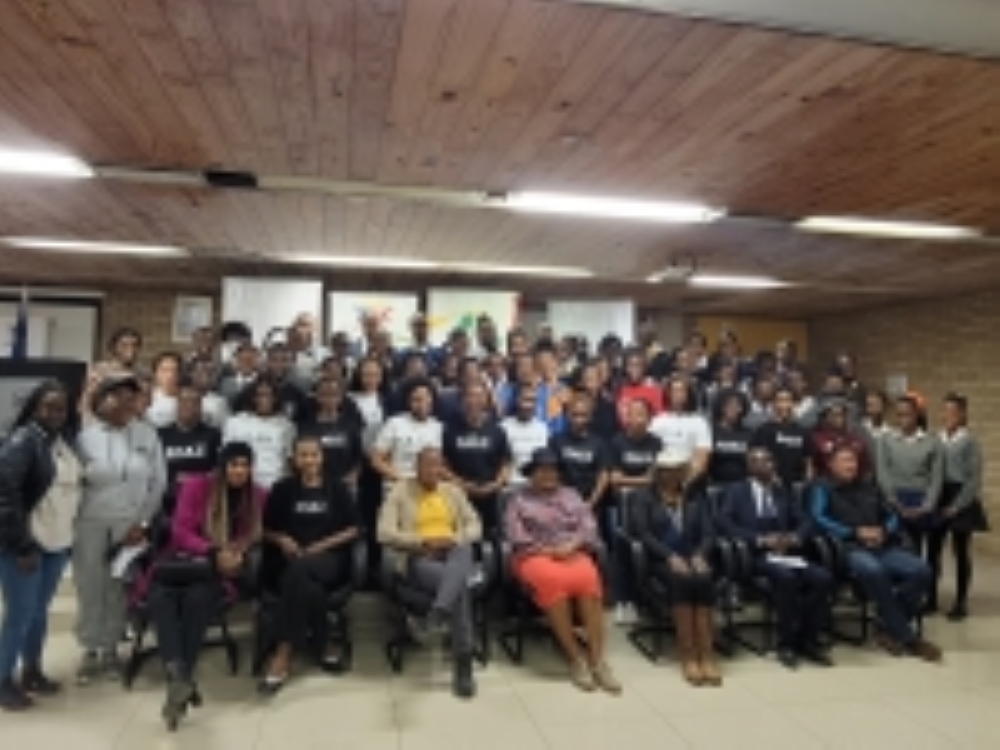Cleaning up hepatitis
Bringing care closer to the community
Jeanette DiergaardtFor hepatitis to be eliminated, 60% of people living with hepatitis B and C must be diagnosed and 50% who are eligible for treatment must be cured. Although the ministry of health and social services announced the end of the hepatitis E outbreak on 1 March this year, deputy minister Esther Muinjangue encouraged the public to be weary as the virus is still amongst us.
The number of cases is, however, declining. Hepatitis E cases to date stand at 8 029. The numbers shared by Muinjangue have remained unchanged since the declaration made by minister Dr Kalumbi Shangula.
Ministry executive director Ben Nangombe further emphasised that Windhoek used to be one of the cleanest cities in Africa and, as Namibians, it is important to return it to that prestigious status.
A clean-up campaign that took place at Windhoek Central Hospital saw a number of learners from Jan Mohr Secondary School and Concordia College come together to assist in the initiative, with volunteers from the Development Workshop, cleaners who work at the hospital as well as Random Acts of Kindness (RAKS) Namibia activists also taking part.
RAKS chairperson Charlotte Mojackie initiated the campaign and contacted the ministry to make an event out of World Hepatitis Day, which is commemorated each year on 28 July.
The theme this year was ‘bringing hepatitis care closer to you’.
With a total of 60 young adults under the RAKS mandate, Mojackie regularly reaches out to the community with her young team.
She decided on Windhoek Central Hospital’s nurses home as a good place to start as the surrounding areas are known to be unsanitary.
The youth group plans to go to informal settlements in two weeks’ time to continue the cleaning there, she added.
Invited guests like the coordinator of the Recycling Forum of Namibia, Anita Witt, shared that residents create approximately three kilograms of waste every day.






Comments
My Zone
No comments have been left on this article